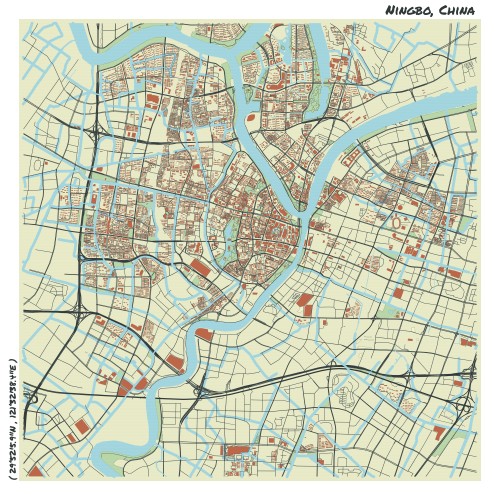Understand
Ningbo, a bustling port city in Eastern China, is known for its vibrant history and stunning natural beauty. Located at the confluence of the Yong and Yuyao Rivers, Ningbo's "old town" and urban core offer a glimpse into the city's ancient roots. The area, formerly known as Yng, was a significant trading hub, attracting merchants from far and wide. Its rich maritime heritage is evident in the deep affinity the people of Ningbo have for the ocean. Ningbo played a pivotal role in historical events, such as the voyages of Xu Fu, who embarked on a quest for the islands of immortality, leaving from this very port. The city's temples also had a significant influence in introducing Buddhism to Japan. During the Middle Ages, Ningbo was the sole approved port for foreign trade, housing diverse communities including Muslim and Jewish merchants. The city's charm extends beyond its history. With the establishment of development zones in the 1980s and 1990s, Ningbo experienced a period of remarkable economic growth. Today, it boasts a thriving economy, with major industries including consumer electronics, textiles, and industrial tools. The completion of the Hangzhou Bay Bridge has further bolstered its position as a hub for both domestic and foreign investment. Ningbo's tourism industry offers a wealth of attractions. Explore museums, ancient temples, and preserved historic towns. Nature lovers will be delighted by the Siming range and the Hemudu archaeological site. Venture further south to discover the beauty of Ninghai and Xiangshan Counties. Whether you're a history enthusiast or a nature lover, Ningbo has something to offer everyone. Don't miss Tianyi Square, a vibrant shopping destination in the heart of the city.








Comments
NO COMMENTS